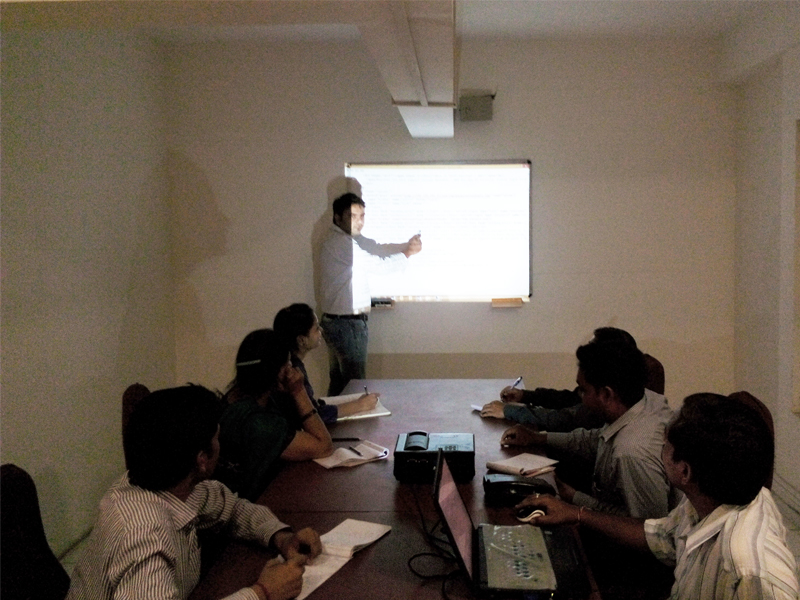- Tech Support Login
- Have an Enquiry?

Major uses of Textiles optimization of product-mix and simulation are,
Studies of a number of textile mills have shown that to ensure profitability it is important to keep a constant watch on Product-mix based on contribution analysis, Fixed Costs, Sales, Raw Materials, Colours, Chemicals, Packing Materials, Royalty, Commission and Brokerage on sales.
- Contribution Maximization
- Setting Production / Marketing Targets
- Prioritizing Capital Investment Decisions
- Managing orders and ensuring timely deliveries
Textile Optimization of Product-mix and Simulation (TOPS)
offers a formal approach to optimize contribution through a Mathematical Programming System. This software is the answer for problem to determine the number of loom-shifts or machine-shifts in various departments, that should be allocated to the production of each fabric or yarn, so that the total contribution earned is maximum subject to the constraints of machine capacities, achievable production rates and the upper and lower marketing bounds specified by the sales manager for each product or class of products. The optimized plan has to be altered heuristically to meet the committed deliveries and / or orders cancelled or rescheduled where possible.
Some important characteristics of the textile products specifications, which give rise to a multitude of choices,
- What is sold are an assortment of fabrics rather than an individual fabric.
- Each fabric goes through machine centres which can be classified as – i) pre-loom ii) loom and iii) post-loom machine centres.
- The manufacturing sequence is both serial and parallel.
- Further, the input/output ratio at different machine centres differ and so also the production rates.
- A composite mill could sell – i) Yarn or ii) Finished/Grey Cloth or iii) Finished/Grey Cloth, which uses Yarn Bought-out, or iv) Bought-out cloth processed in-house.
- These options arise because capacities of different machine centres seldom ‘balance’ or even if they do,
- the phenomenon is short lived owing to shifting market demands and consequent production changes.
- Export orders are of bigger runs and with very rigid delivery schedules
- Domestic buyers are becoming choosey and specify more assortments
Benefits / Features
- TOPS assists in data acquisition, problem formulation and interpretation of the solution.
- It is estimated that about 90% of the data preparation the user of TOPS saves cost and effort that is normally needed in implementing a scheduling or a linear programming exercise.
- A very conservative estimate of the increase in contribution or avoidance of order cancellation costs owing to delays.
- That is expected by the use of this package is 5 to 10%. The cost of implementing.
- This system can be offset by the increase in contribution achieved in a matter of weeks.
- Implementation of TOPS has also the advantage of unifying the efforts of different departments and it frees a considerable amount of managerial and clerical time spent in production plan preparation.
- Typical installation (i.e. first run) of TOPS in a textile mill requires 4 months
- the time required depends upon the level of preparedness of the organisation and also the receptivity of department managers. Subsequent runs can be made within a FEW HOURS.
Product Category
- Planning and Scheduling operations in Textiles industry, Capacity scheduling, Product-mix optimization
Target Users
- Textile Industry – spinning, weaving and composite textile mills
Request for more information
Post Enquiry or email on sd@sdindia.com

